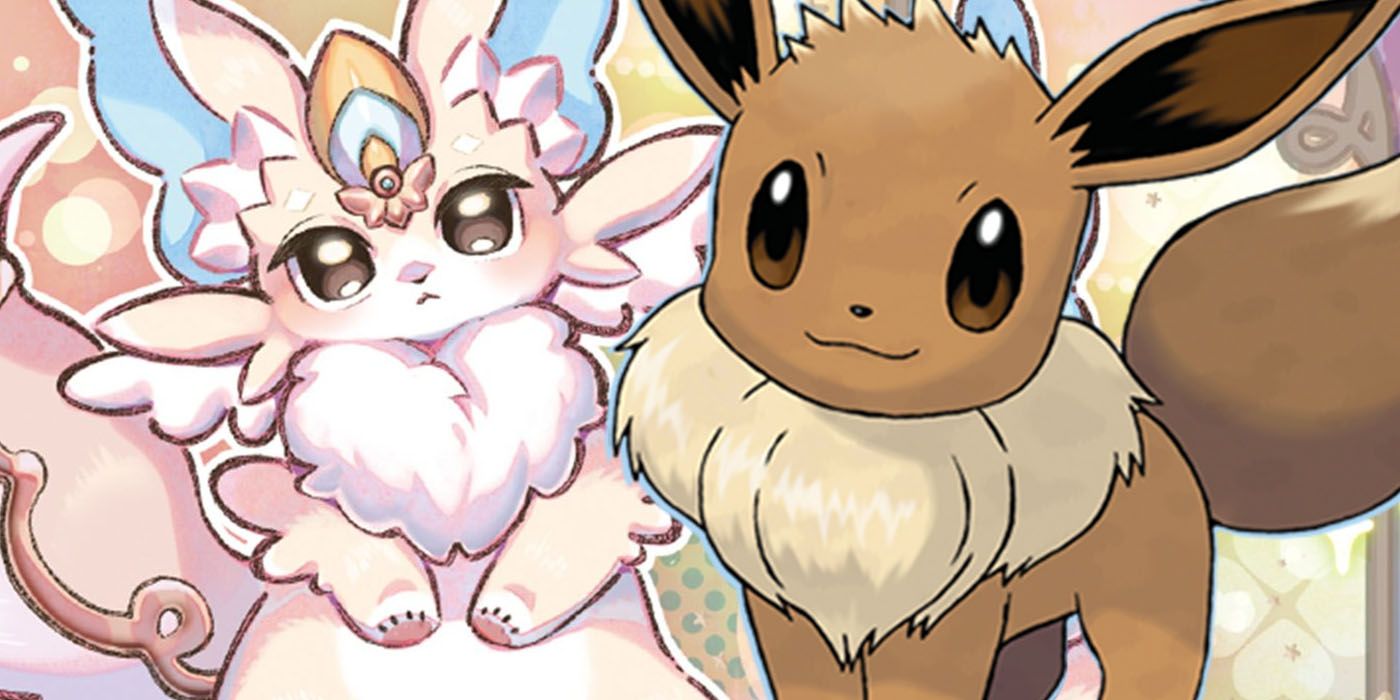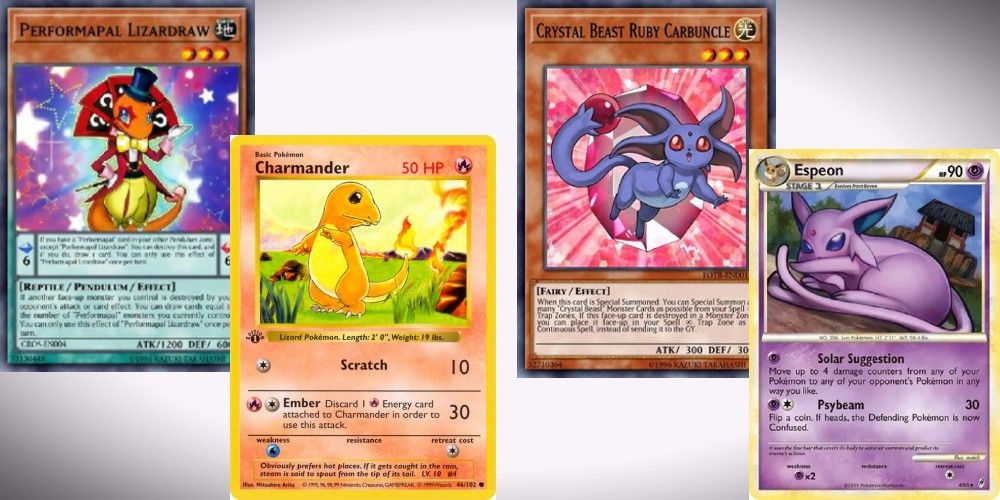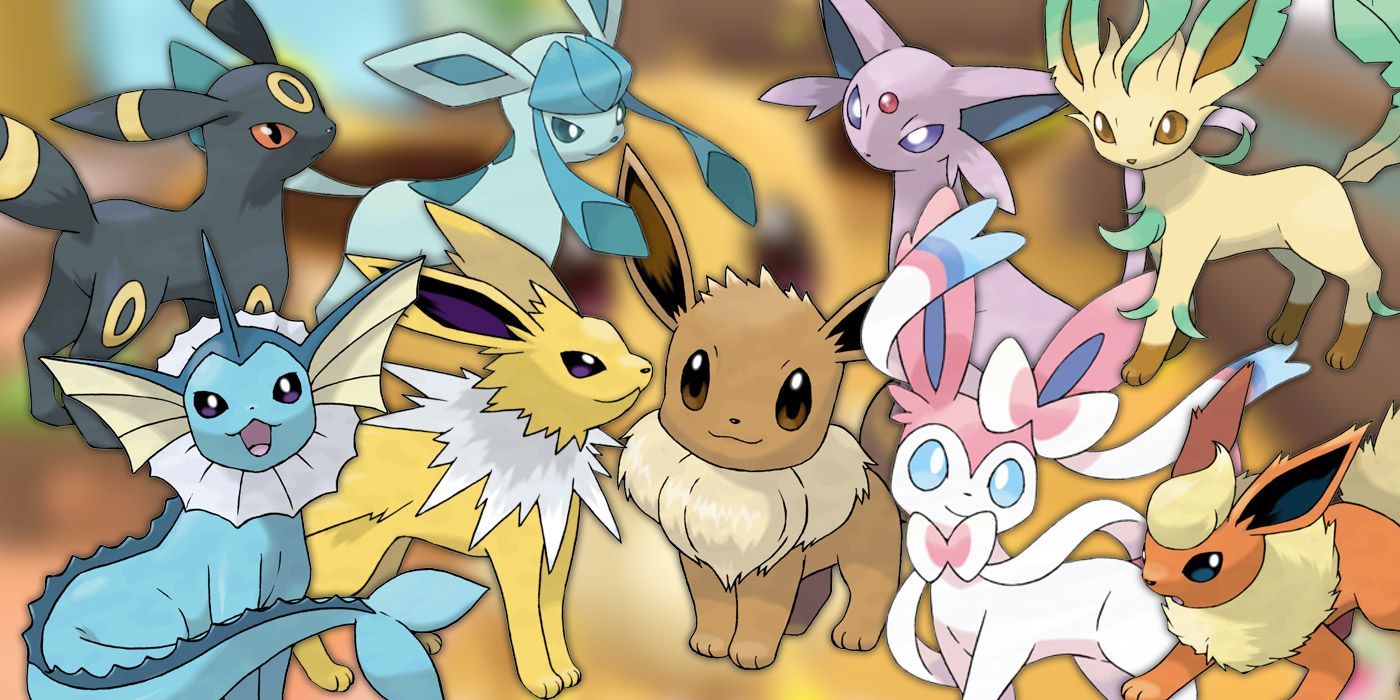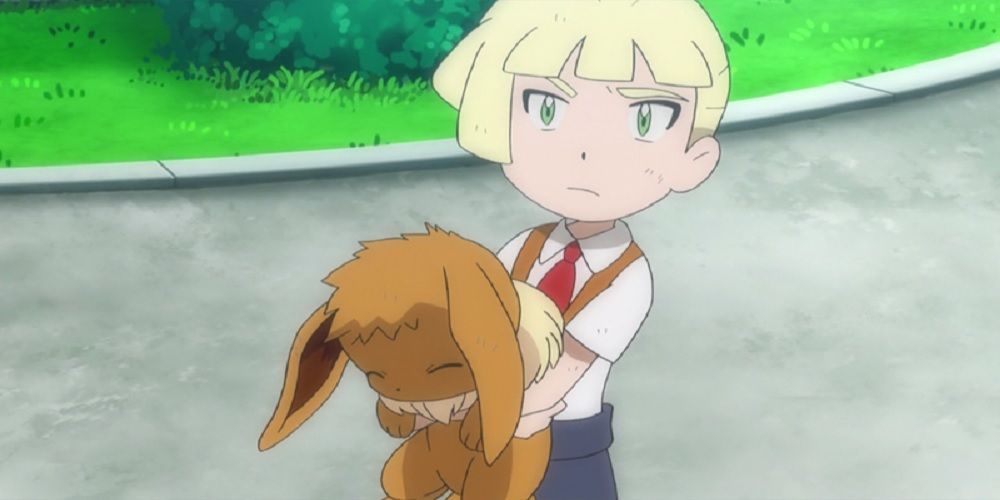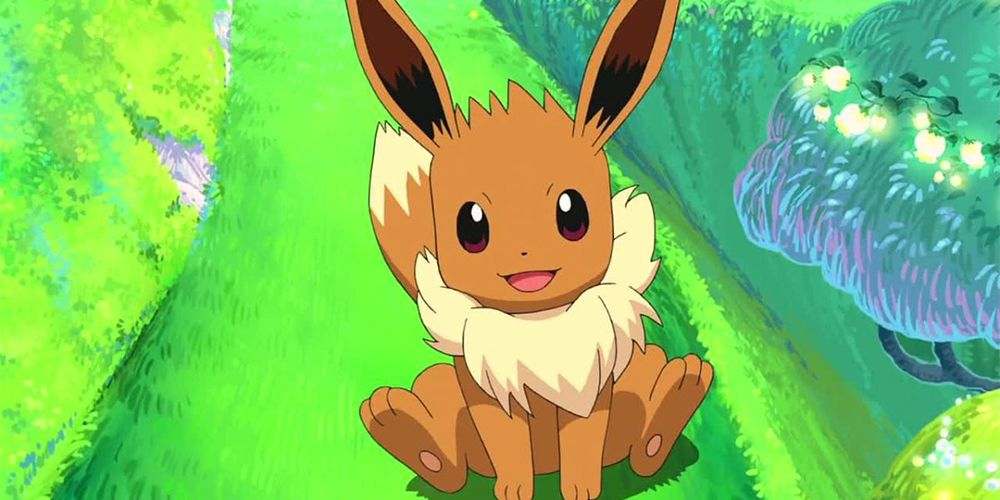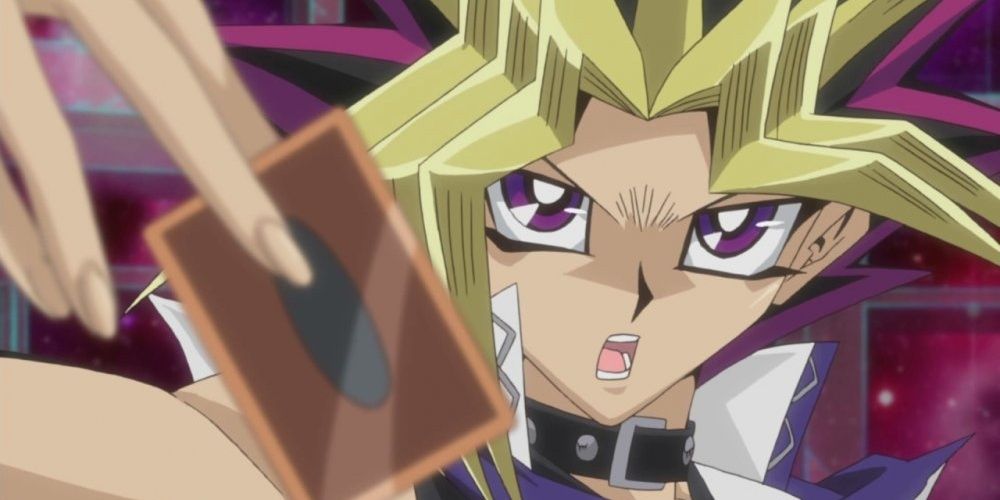Konami recently announced Purery, a new Yu-Gi-Oh! archetype currently consisting of five Xyz monsters, five Spells, one Trap, and one main deck monster. Though these cards represent a novel and potentially powerful playstyle, what has fans abuzz is the similarity between Purery and Pokémon's most pluripotent protagonist: Eevee.
Though most observers have focused on the physical resemblance, the two have other notable commonalities . Both creatures have a branching evolution pattern which requires some external input to trigger, and each seems hard to find, becomes fairly accessible once you know where to look. Finally, both quadrupeds give players the opportunity to make strategic choices to clinch victory. Given their similar appeal, fans of one series might find that their favorite fluffball's crossover counterpart provides a familiar entry point to the other.
Purery and Eevee Look a Lot Alike
It's hard to argue against Eevee and Purery's similar likenesses, since a Google reverse image search for Purery itself actually pulls up Sylveon, Eevee's Fairy-type evolution, as the first hit. Purery isn't the first Yu-Gi-Oh! monster to bear a resemblance to a Pokémon; fans have identified a number of other lookalikes over the years, including Performapal Lizardraw and Charmander, Gate Guardian and Registeel, and Petite Moth and Caterpie. There's even a doppelganger of another Eevee evolution, Espeon, in Crystal Beast Ruby Carbuncle.
The Yu-Gi-Oh! Monster & Pokémon Share a Branching Evolution Pattern
Purery and Eevee's similarly branching transformation patterns have also caught fans' eyes. Eevee is currently able to evolve into eight different unique forms. At initial announcement, the Purery archetype included three Rank 2 monsters, and one Rank 7 monster, with another Rank 7 monster announced just this week. Similar to starter Pokémon such as Charmander, Purery must first rank up into one of the intermediate Rank 2 monsters (i.e. Charmeleon) before "evolving" into the more powerful Rank 7 monsters (i.e. Charizard). Most archetype reveals are a teaser rather than the full set, so Purery may end up with just as many Xyz targets as Eevee has evolutions.
Neither Purery Nor Eevee Can Natively Evolve
Like Eevee, Purery can't power up into its stronger forms without the player taking action first. While Eevee requires stones, shards, or friendship to transform, Purery (as a Level 1 monster) must make the leap to its Rank 2 forms using a card effect. Thankfully, Purery itself has two abilities on this front. The first allows the player to dig for an archetypal Quick-Play Spell, and the second lets the player reveal a Quick-Play to bring out the Rank 2 Xyz that mentions it.
To achieve their full potential, each of Purery's Rank 2 evolutions, stylized as "Epurery," needs to have its corresponding Quick-Play Spell attached as material. Epurery Happiness needs Purery Happy Memory, Epurery Beauty requires Pretty Memory, and Epurery Plump needs Delicious Memory.
Currently translated as "Expurery Happiness" and "Expurery Noir," Purery's two Rank 7 boss monsters function as a sort of Gigantamax evolution, and they're likely to look quite large since they'll typically be summoned with 6 Xyz materials stacked underneath them. Happiness allows the player to power through boards and deal damage, while Noir provides interruption and protection. Both monsters gain bonus effects while the Level 1 Purery is attached as material, making it imperative that players find the Level 1 Purery, and fast.
Thankfully, Purery Is Easier To Find Than Eevee
In the original Pokémon games, all roads led through Celadon City, where the player could pick up Eevee at the Mansion. However, this was the only way to obtain the Evolution Pokémon, and later games made Eevee a bit harder to locate. Thankfully, Purery is much more easily accessible in its titular archetype. This is essential for Decks like Purery, which rely on only a small number of Main Deck monsters (here only one), a category that includes meta contenders Sky Striker and Eldlich.
Each of Purery's Quick-Play Spells as well as the Field Spell allows the player to Special Summon Purery directly from the Deck, while the Continuous Spell "Purery, My Friend" allows the player to add Purery to the hand. If that isn't enough, players have access to a number of consistency-boosting cards thanks to Purery's statline as a Level 1 LIGHT Fairy monster: One for One, Where Arf Thou, Jack-In-The-Hand, and even Small World in a hand-trap-heavy build.
Purery & Eevee Give Players Flexibility in Playstyle & Strategy
As with Eevee, Purery's primary strength comes not from its raw power, but the flexibility and choice that it provides to the player. There are many routes to victory in the typical Yu-Gi-Oh! duel, and a single Purery provides several paths that a wise player can exploit. Epurery Happiness can help players take down high attack monsters, Epurery Beauty can interrupt the opponent's monster combo, and Epurery Plump will seriously hinder decks like Eldlich and Shaddoll which make use of their Spell/Traps in the Graveyard. Depending on the support the Purery archetype receives in the future, it could see some competitive play. Regardless, fans of other cutesy archetypes such as Melffy and Fluffal are sure to enjoy this playful powerhouse.

